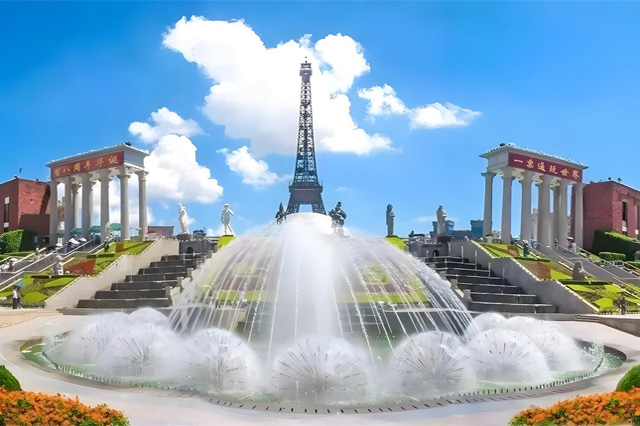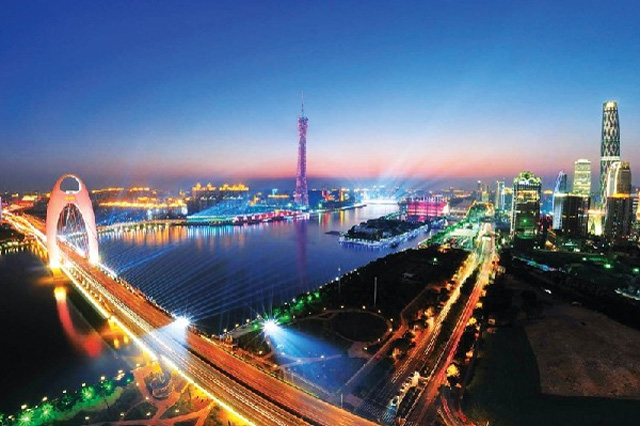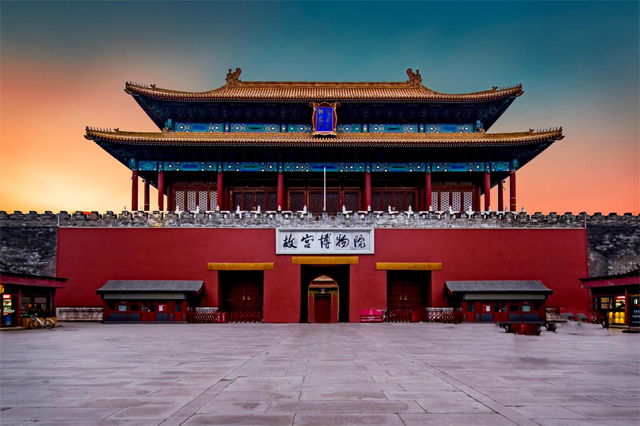Zhaoqing top ten tourist attractions list, enjoy the picturesque Lingnan landscape city!
- China Tourism
- 2025-04-02 12:13
- 135
Zhaoqing, known as Duanzhou in ancient times, is located in the central and western part of Guangdong Province. It is the birthplace of Lingnan culture, Xijiang culture and Guangfu culture. It is also one of the earliest areas where Central Plains culture and Lingnan culture, Chinese traditional civilization and Western civilization meet. As a national historical and cultural city, Zhaoqing has both beautiful natural scenery and rich cultural landscape. Next, the small editor will give you a summary of Zhaoqing's top ten tourist attractions list, appreciate the picturesque Lingnan landscape city!
1. Qixingyan
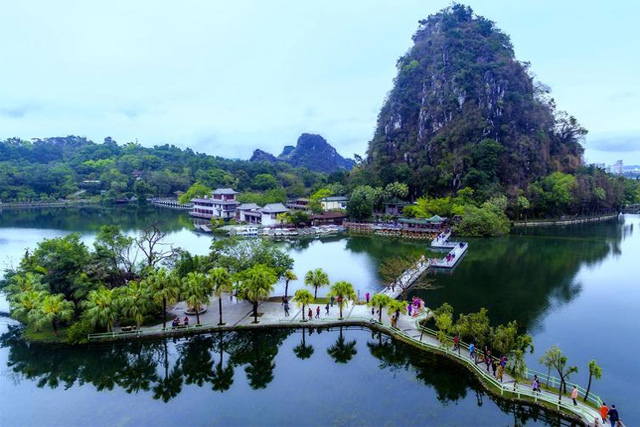
Zhaoqing Qixingyan Scenic spot, located 4 kilometers north of Duanzhou District, Zhaoqing City, Guangdong Province, is an important part of Xinghu Scenic spot, a national AAAAA tourist attraction. Qixingyan takes peak forests, karst caves, lakes, inscriptions, and Taoist temples as the main landscapes. It has beautiful scenery and is known as the "fairyland on the world" and "the first wonder of Lingnan". It has been a tourist attraction since the Sui and Tang Dynasties.
2. Dinghu Mountain
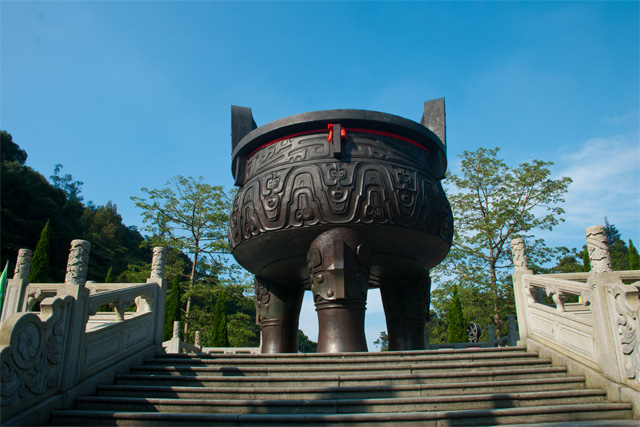
Dinghu Mountain, located in the northeast of Zhaoqing City, Guangdong Province, is composed of more than 10 peaks. Because of its superior geographical location, it is known as "the nearest primitive sub-forest in the city". It is known as the "four famous mountains in Lingnan" together with Luofu Mountain in Huizhou, Danxia Mountain in Shaoguan and Xiqiao Mountain in Foshan ". Dinghu Mountain is known as the first of the four famous mountains in Lingnan for its scenic tourism, scientific research and religious worship.
3. Panlong Gorge
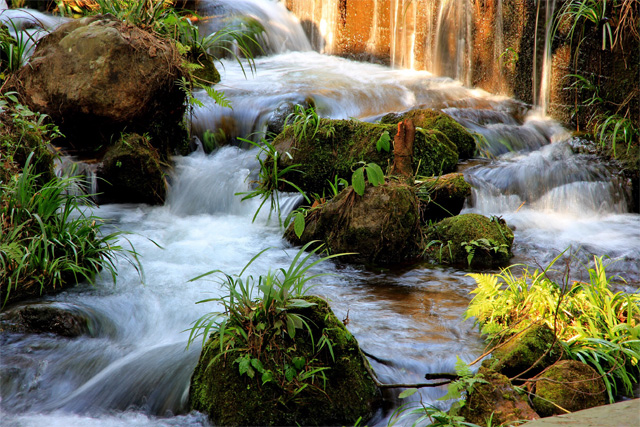
Panlong Gorge is located in the northwest of Deqing County, Zhaoqing City, Guangdong Province. It is a scenic spot dominated by natural ecology and leisure tourism. The forest coverage rate in the scenic area is 92%, the concentration of negative air ions is high, and it is called "super natural oxygen bar. Panlong Gorge provides rafting activities, known as "the first drift of Chinese warriors". It has a total distance of 3.8 kilometers and a drop of 180 meters, providing an exciting rafting experience.
4. Zhaoqing Ancient City Wall
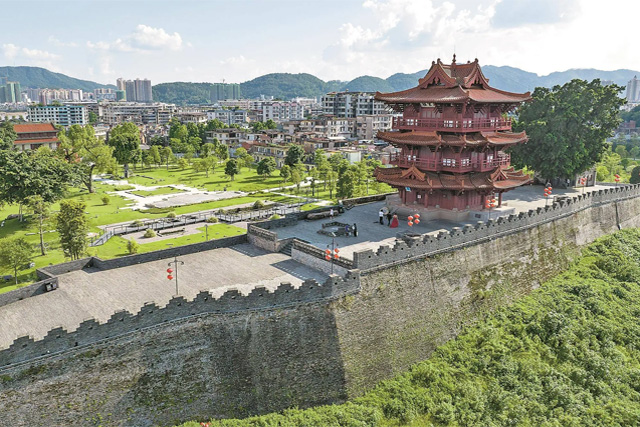
The ancient city wall of Zhaoqing, also known as the Song City Wall, is located on Songcheng Road, Duanzhou District, Zhaoqing City, Guangdong Province. It was built in the Northern Song Dynasty. After the baptism of years and the change of dynasties, it still retains the style of the past. It is the most complete existing ancient city wall in Guangdong. The ancient city wall of Zhaoqing is not only a landmark scenic spot in Zhaoqing City, but also an important carrier of the historical and cultural heritage of the Chinese nation, witnessing the rise and fall of Zhaoqing.
5. Yuecheng Dragon Mother Temple
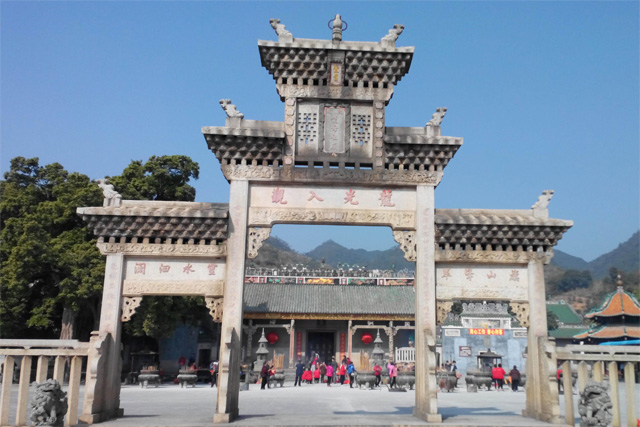
Yuecheng Longmu Ancestral Temple, also known as Xiaotong Temple, is located in Yuecheng Town, Deqing County, Zhaoqing City, Guangdong Province. It was built in the Qin and Han Dynasties and was repeatedly repaired during the Qing Dynasty. It is a memorial building that praises the dragon mother. The ancestral hall and Foshan ancestral temple are also called the three treasures of Lingnan ancient architecture. The Dragon Mother Temple is a treasure of Chinese folk culture. It is not only a sacred place of folk beliefs, but also a place full of historical and cultural heritage.
6. Yanzhou Island
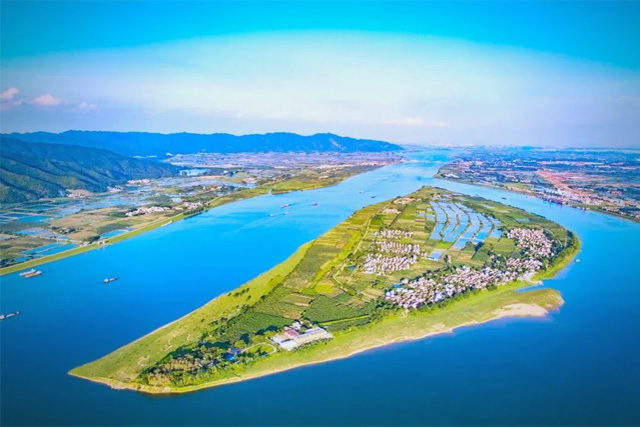
Yanzhou Island, located in the south of the world famous scenic spot-Dinghu Mountain, is the largest Jiangxin Island in Guangdong Province. Yanzhou Island has fertile land, a wide variety of plants, and rich historical and human resources. The villages on the island are neat and orderly, with many ancestral halls, and have a strong Lingnan folk style. In addition, Yanzhou Island is also the birthplace of Duan inkstone in China. According to legend, Bao Zheng once threw inkstone into this island, hence its name.
7. Liuzu Temple
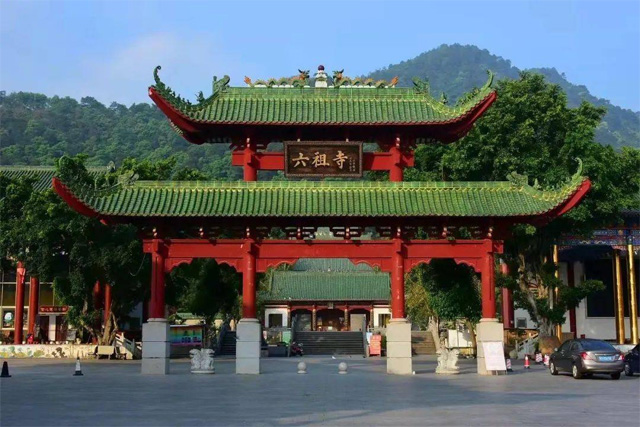
Liuzu Temple is located in the scenic area of Zhenshan Mountain in Sihui City. It is one of the important dojo of Huineng Master, the sixth ancestor of Chinese Zen Buddhism. The temple was built in the Tang Dynasty. It is named after Huineng once lived in seclusion to practice and promote Zen. It has a history of more than 1300 years and is an important holy place for Zen Buddhism. Liuzu Temple is a temple integrating religion, culture, environmental protection and public welfare. It has formed a large-scale comprehensive temple complex and has become one of the important places for religious activities in Lingnan.
8. Ziyun Valley
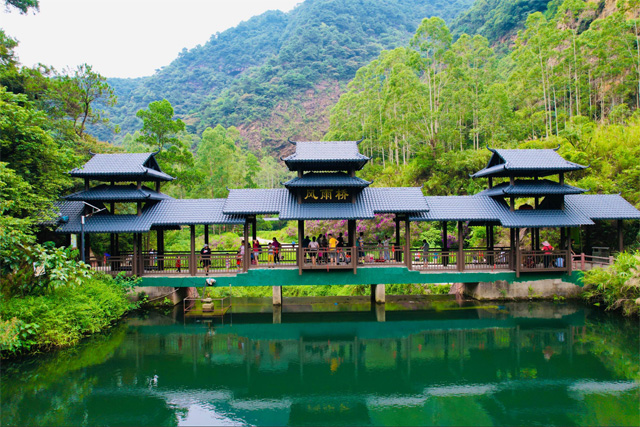
Yankeng Ziyun Valley is located in the southeast suburb of Lankeshan, Gaoyao District, Zhaoqing City, Guangdong Province, in Xijiang Lingyangxia Provincial Nature Reserve. It has a long history of Duan inkstone mining. Ziyun Valley has a blend of mountains and rivers and beautiful scenery. It is known as "Zhaoqing's natural oxygen bar" and "Lingnan Jiuzhaigou". It is a leisure resort integrating natural scenery, eco-tourism and outdoor exploration.
9. General Hill
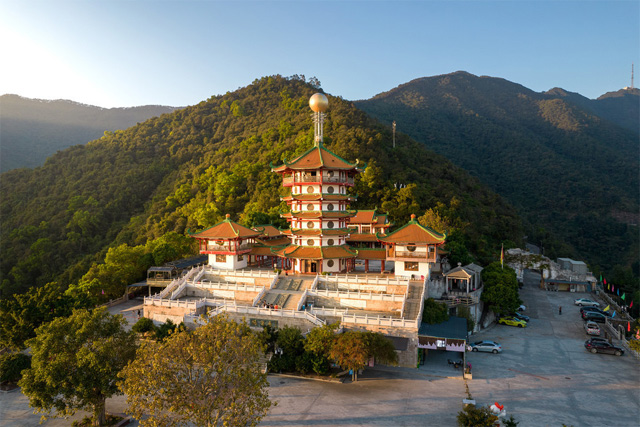
General Mountain is located in the northern suburbs of Zhaoqing City, Guangdong Province, the North Ridge Mountain, because of the legend of the Southern and Northern Dynasties Guan Gong appeared here named. Zhaoqing General Mountain Tourism Scenic Area covers an area of 5000 acres, there are a large number of trees and flowers, green mountains, fresh and sweet air. Yunxiu platform is one of the highlights of Jiangjun mountain. It enjoys the reputation of "the first famous mountain in the world". Standing on the stage, you can overlook Xijiang Yingzi, seven star beauty and Zhaoqing panorama.
10. Star Lake National Wetland Park
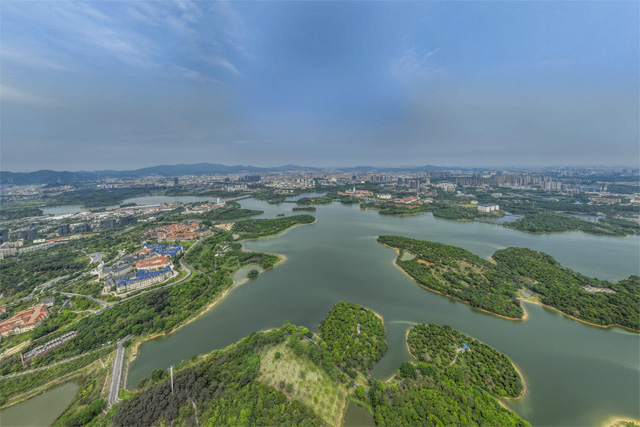
Guangdong Xinghu National Wetland Park is located in the urban area of Zhaoqing City. It is the first national wetland park in China. Xinghu National Wetland Park has a total area of 935 hectares and a water surface area of 677 hectares. The main areas include Central Lake, Bohai Lake, Qinglian Lake, Li Lake, Fairy Lake and Dongdiao Honghu Lake. With lakes and wetlands as the main body, the park has the functions of water conservation, climate regulation, flood storage and drought prevention, pollution degradation, maintaining biodiversity and improving natural ecological functions.
This article is edited and published by Journey Mark. If you have any questions, please feel free to contact us at any time.
Article Link:https://www.topvvv.com/en/China/88.html

